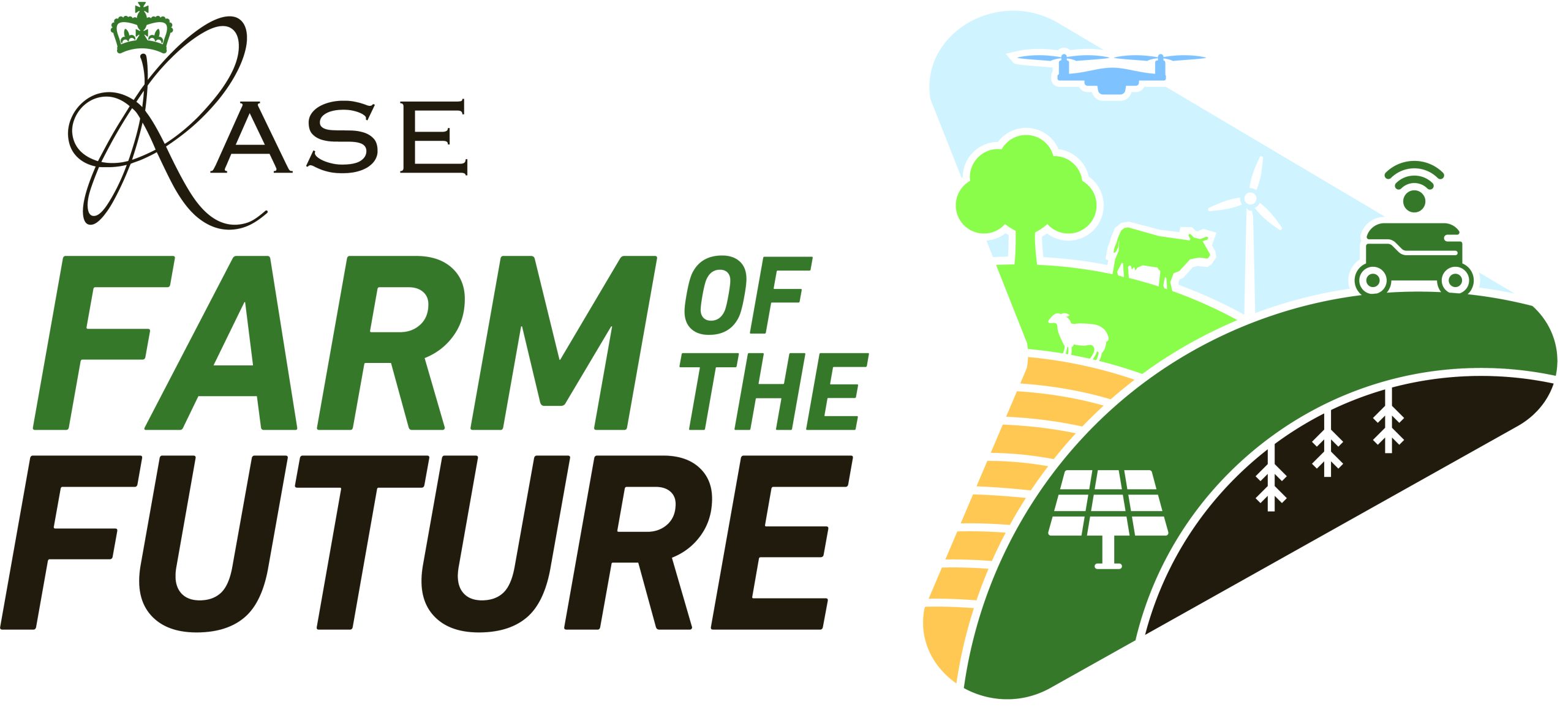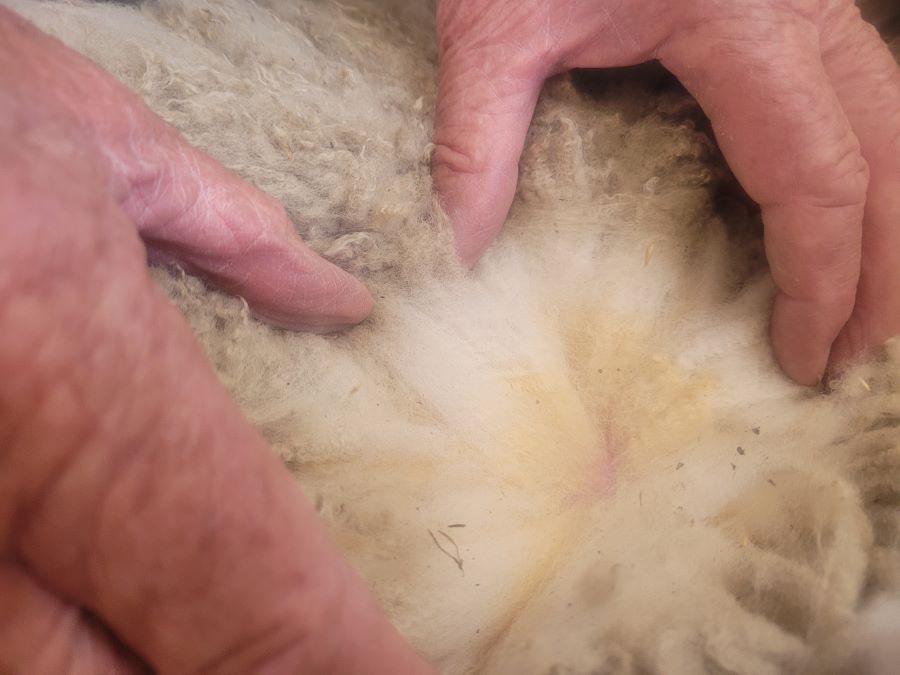Wool is ready for a renaissance, with farmers and industry leaders finding innovative ways to improve its quality, value, and sustainability. A recent Farm of the Future webinar featuring four experts – Frank Langrish, Tim White, Andy Wear, and Jen Hunter—highlighted the opportunities and challenges in making money from wool.
The webinar covered the three key approaches farmers can adopt to make wool production a more sustainable and profitable enterprise. These strategies are:
- To grow better woolby focusing on improving wool quality, ensuring that it exceeds production costs and appeals to high-end markets
- To shift to shedding sheep, for those who struggle with wool profitability, by breeding self-shedding sheep to eliminate wool-related costs entirely
- Use specialist marketing, where farmers can use branding and target niche markets to achieve premium prices for their wool
These strategies offer farmers practical solutions to enhance their wool production and improve sustainability in the industry.
Growing better wool
Speaking in the webinar, Frank Langrish, farmer and past chairman of British Wool, shared how he has bred for finer wool from Romney sheep, showing how strategic breeding can improve wool quality and profitability.
Micron count
The market value of wool varies greatly by micron count. Romney fleece with a micron count of 30-34, used in upholstery and basic knitwear, sells for around £1.05 per kg, while wool in the 27-28 micron range, ideal for fine knitwear, can fetch up to £6 per kg.
By focusing on wool between 27-28 microns, Frank has demonstrated that finer wool, which fetches premium prices, can significantly enhance the economic viability of wool production.
Breeding finer wool
Frank’s breeding program involved importing Snowline rams from New Zealand and selectively breeding for finer wool traits, achieving over 60% genetic improvement in his flock.
Testing wool micron count is essential for selecting high-potential sheep, costing around £4 per fleece. While micron testing machines are available in the UK, ongoing research into on-farm testing is making this process more accessible, helping farmers breed finer wool and improve quality. There is strong market demand for homegrown wool under 30 microns, with manufacturers seeking sustainable, high-quality wool. Frank’s success in breeding finer wool shows how strategic breeding, combined with market demand, can make wool production both profitable and sustainable for UK farmers.
Shifting to shedding sheep
Tim White, director of Exlana, shared valuable insights on the role of performance recording and genetic analysis in improving wool production. He highlighted the importance of data-driven decisions in modern sheep farming, emphasising that by tracking performance metrics and analysing heritable traits, farmers can make informed choices that lead to long-term improvements in wool and meat quality, as well as more efficient flock management.
Performance recording
A key aspect of this approach is performance recording, where tracking traits like wool quality and seasonal shedding helps farmers develop targeted breeding programs. Genomic assessments, including DNA sampling and single-gene analysis, improve the accuracy of Estimated Breeding Values (EBVs) for more precise selection of desirable traits.
Introducing shedding genetics
Naturally shedding sheep offer a sustainable solution by shedding their wool seasonally, reducing the need for costly shearing and minimising the risk of overheating and fly-strike.
Focusing on heritable traits like wool shedding and fly-strike resistance leads to flocks that are better adapted to their environment and more profitable over time.
Tim encouraged farmers to view wool as a luxury product rather than a commodity, positioning it for higher-end markets to access premium prices. By combining performance recording, genetic analysis, and strategic marketing, farmers can create a more sustainable and profitable wool enterprise.
Adding value through regenerative practices and marketing
Andy Wear and Jen Hunter of Fernhill Farm on the Mendip Hills are transforming wool production through regenerative agriculture and value-added practices. Their approach highlights how sustainable farming can create high-quality wool while appealing to eco-conscious buyers.
Farming practices
Mob grazing is a key regenerative farming strategy via which Jen and Andy manage their land while producing meat and fibres.
To support the wool production enterprise, a purpose-built shearing shed enables blade shearing that aligns with natural wool growth cycles. Shearing pre-lambing ensures fleece quality, minimises stress on the sheep, and promotes animal welfare.
Regenerative verification
Jen and Andy use the Environmental Health Index to verify that their land is being managed regeneratively. Specifically:
- They measure various factors on their fields that are grazed by their sheep, including water, minerals, and plant community dynamics.
- This data is used to calculate an “EH Index” score for each field, which allows them to demonstrate that their farming practices are having a positive impact on the land.
- Being able to verify their land as regenerative enables them to market their wool as ecologically produced, which has been a successful strategy compared to trying to market their meat as regenerative.
- The EH Index provides them with data to back up their claims about the sustainability of their farming practices, which is important for connecting with consumers and brands they work with.
Maximising value from wool
Andy and Jen build strong brands by partnering with UK companies to manage the entire supply chain, from fleece to garment. This adds value and ensures their wool meets sustainable production standards, highlighting their commitment to quality and sustainability. Raw fleeces sell for up to £20 per kg and premium worsted yarns reaching £140 per kg. Their focus on fibre length, strength, and colour ensures high market standards.
By educating consumers about the benefits of wool and regenerative farming practices, they foster a deeper appreciation for the material. This promotes customer engagement, builds trust and helps grow demand for their premium wool products, solidifying their position in the sustainable wool market.
Profitable wool production
As global demand for sustainable textiles grows, wool presents an incredible opportunity for innovation. By combining traditional knowledge with modern techniques, these leaders are proving that wool can be a valued and profitable product. To hear more about profitable wool production, watch the ‘Making money from wool’ webinar which can be found in the RASE member’s resources. Not yet a member? Find out about the RASE membership options and benefits here.

